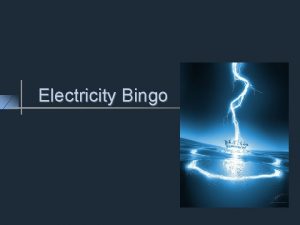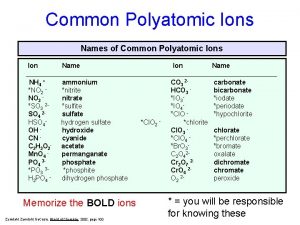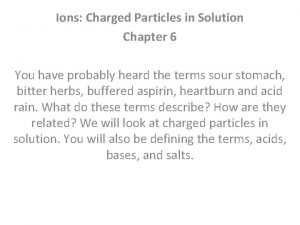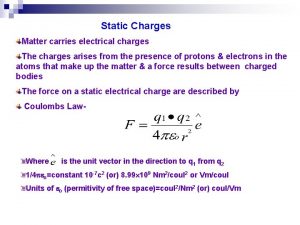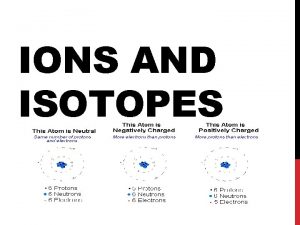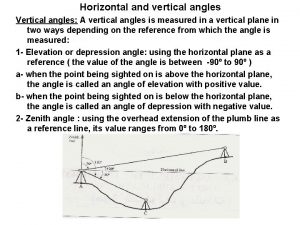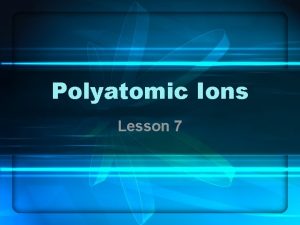Chapter 6 2 Ions and Charges Groups vertical









- Slides: 9

Chapter 6. 2 Ions and Charges

• Groups: vertical – Determine behavior • Periods: horizontal – Energy level Think-Pair-Share Why does the group number determine the behavior of an element and not period number? (Hint: think about valence electrons and the octet rule)

Draw your answer

Lewis Dot Structures -Only draw valence electrons -4 groups of two -4 single electrons, then pair them up.

Valence electrons • Valence Electrons – Electrons that determine behavior – electrons used in bonding elements – Electrons in the highest (outermost) energy level • s and p sublevels – maximum is 8 • Why do s and p determine valence electrons?

Valence Electrons • Bromine’s Electron Configuration # of electrons in that energy level 1 s 2 2 p 6 3 s 2 3 p 6 4 s 2 3 d 10 4 p 5 Group 7 A 7 valence electrons Highest Energy level The d orbital will always be one lower than s and p. Therefore, s and p have the valence electrons.

Ions • Atoms gain or lose electrons to obtain a noble gas configuration (magic # 8) – Cations: positive charge bc they LOSE electrons. • Ca: loses 2 e- becomes +2 charge to be like Ar (Ca+2) – Anions: negative charge bc they GAIN electrons • Cl: gains 1 e- becomes -1 charge to be like Ar (Cl-)

Group Practice • Predict what the charges of the following elements will be after they have become ions. 1. Li, Be, Ca, F 2. Na, K, Ra, Te 3. Ga, Tl, Al, S 4. N, Cl, Po, Cs 5. Ba, B, P, As 6. H, He, N, O 7. Mg, Sr, In, I When you’re done, have 1 person come up to the board and draw your answers using Lewis Dot Structures.

Charges of the Ions
 Like charges blank and opposite charges blank
Like charges blank and opposite charges blank What do the roman numerals in a cation's name indicate
What do the roman numerals in a cation's name indicate Polyatomic ions list with charges
Polyatomic ions list with charges Auric nitride
Auric nitride Polyatomic ions list with charges
Polyatomic ions list with charges Charges of groups
Charges of groups How are ethnic groups and religious groups related
How are ethnic groups and religious groups related Chapter 2 atoms molecules and ions
Chapter 2 atoms molecules and ions Modern chemistry chapter 13
Modern chemistry chapter 13 Ions charged particles in solution
Ions charged particles in solution
